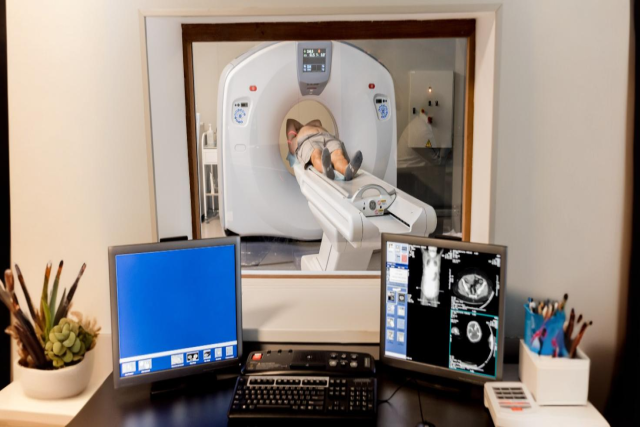
Computed tomography scans are revolutionizing modern medicine. They provide detailed images of the body’s internal structures, making disease diagnosis and treatment easier. Demand for these CT scans is increasing rapidly in tandem with growing cases of chronic diseases.
According to Coherent Market Insights, the global computed tomography industry is set to expand at 6.5% CAGR. Total sales revenue will likely surpass US$ 12.3 billion by the end of 2030. Rising need for advanced imaging solutions is anticipated to play a key role in this growth.
What Exactly is a CT Scan?
A CT scan is a diagnostic procedure that uses X-rays and computer technology to create images of the body. It has the tendency to show detailed images of any body part.
Potential Risks of CT Scans
CT scans are highly effective in detecting diseases and injuries. However, like the flip side of a coin, these scans have some drawbacks.
- Radiation Exposure in CT Scans
One of the major risks associated with CT scans is radiation exposure. CT scans use high radiation doses to create detailed images of the body. Repeated exposure to such radiation can damage DNA, thereby increasing the risk of developing cancer.
More CT scans can lead to cumulative radiation doses, increasing the potential risk. An average individual in the U.S. experiences about 3 mSv of background radiation per year. Hospitals and imaging centers often apply the ALARA (as low as reasonably achievable) principle to decrease radiation exposure and risk.
- Allergic Reactions to Contrast Agents
There is also a risk of allergic reactions to contrast agents. Some individuals have an allergic reaction to the contrast materials used in the dye. These contrast agents can cause symptoms like rashes, itching, and even anaphylaxis. Moreover, patients with kidney problems can be vulnerable to complications from contrast agents.
- Potential Overuse and Incidental Findings
Overuse of CT scans can result in unnecessary radiation exposure, leading to potential health risks. High sensitivity of CT scans also sometimes leads to discovery of unexpected abnormalities. This may result in additional testing and anxiety for patients.
How to Reduce Risks Associated with CT Scans?
Improving patient safety in computed tomography procedures is essential. Radiologists must follow proper protocols to lower radiation exposure and enhance patient safety.
- Justification
Opt for a CT scan only if it is necessary. It should be justified based on clinical necessity. Imaging protocols must be optimized to use the lowest possible radiation dose. Reducing CT scan radiation doses can improve patient safety.
- Dose Monitoring
Healthcare professionals should employ systems to monitor and track radiation doses delivered to patients. This can help identify cumulative exposure and implement strategies to lower unnecessary radiation.
- Pediatric Considerations
Children are more sensitive to radiation. Thus, efforts should be made to minimize their exposure to radiation. It is also recommended to use alternative imaging modalities when feasible.
- Allergy Evaluation
CT scan risk assessment is also key to enhance patient safety. Patients should be evaluated for any history of allergies or other contraindications to contrast agents. Proper screening can help reduce the risk of adverse reactions.






